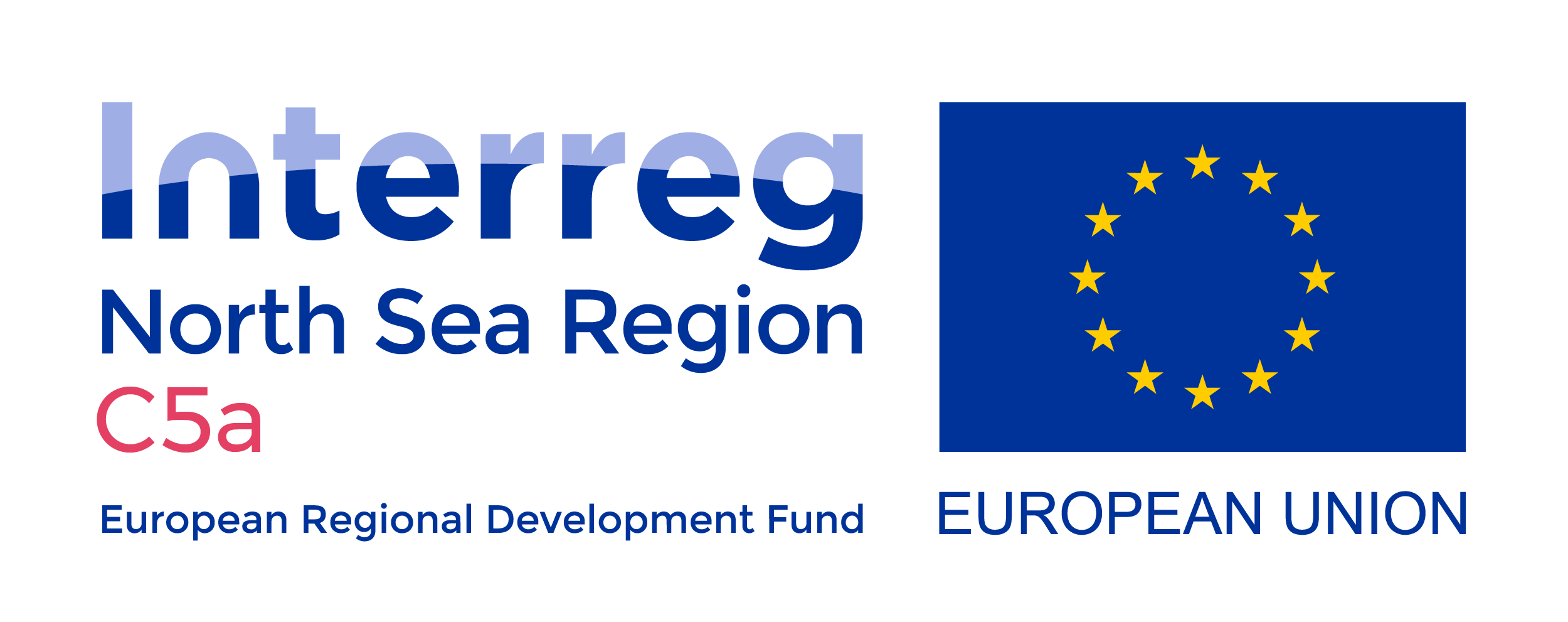Vi använder cookies för att webbplatsen ska fungera på ett bra sätt för dig. Genom att surfa vidare godkänner du att vi använder cookies.
About Cloud 2 Coast
C5a is enabling greater integration and innovation in the adaptation to the physical, economic and social impact of flooding taking into account climate change.
Contact
- info@cloud2coast.se
- +46 (0)40-41 54 24
- www.lansstyrelsen.se
